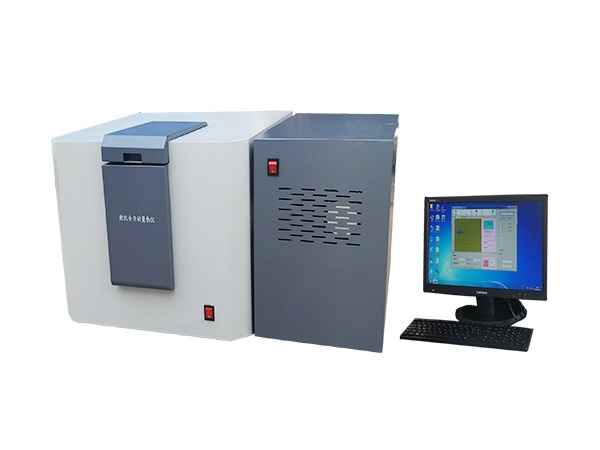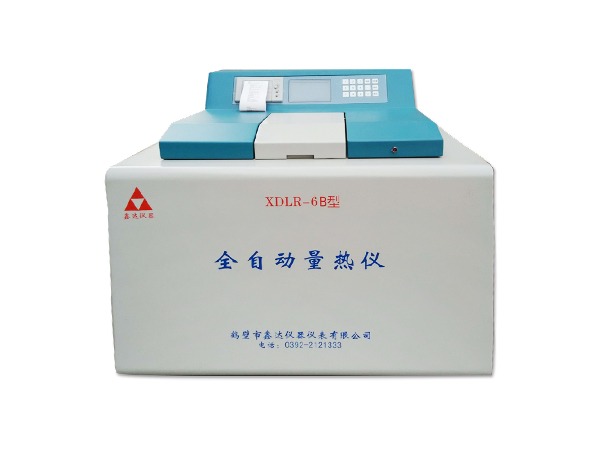Welcome to Hebi Xinda Instrument Co., Ltd.!
Automatic coal calorimeter to detect heating process
The calorimeter is suitable for the calorific value of combustibles such as electricity, metallurgy, coal, coal chemical, environmental protection, cement, papermaking, geological exploration, food, feed, and military industry.
Room selection: Not on the brick kiln or in a room close to the brick kiln. It is recommended to choose an office or a room with a relatively good environment. Room power supply: All four coal quality testing instruments are 220v sockets, with a total power of less than 2 kilowatts, so there is no need to run separate wires. For general lighting, just connect a 2 kilowatt high-power power strip. Room configuration: a stable and horizontal workbench, 1 oxygen cylinder, and 3 cylinders of pure water or 40l of distilled water in advance.
Sampling; Sampling and sample preparation are important and technically difficult jobs in coal technology. According to relevant data, if the sample variance is used to represent the error, the sampling error accounts for 80%, the sample preparation error accounts for 16%, and the test error accounts for only 4%. In practice, we have also done experiments in this regard, and this phenomenon does exist. Because the particle size and chemical composition of coal are very uneven, which is the basic characteristic of coal, it is necessary to sample at multiple points and in multiple directions.

Sample preparation; air-dried coal samples with a particle size of less than 0.2 mm and a balance with the surrounding air humidity are generally analyzed coal samples. Standard coal samples are coal samples with high uniformity, good stability and accurate values. They are mainly used to calibrate measuring instruments, evaluate analytical test methods and determine the characteristic values of coal. Coal sample preparation is the process of making coal samples reach the state required by the experiment, including coal sample crushing, mixing, shrinking and air drying. Coal sample crushing is the process of mechanically or manually reducing the particle size of coal samples during sample preparation. Coal sample mixing is the process of mixing coal samples evenly. Coal sample shrinking is the process of keeping a part of the coal sample according to regulations and discarding the rest to reduce the number of coal samples. Cone quartering method is to pile the coal sample into a cone, press it into a round cake with uniform thickness, and divide it into four equal sectors. Take two opposite sectors as coal samples.
Drying sample preparation: Put about 200 grams of coal sample on a stainless steel plate and dry it in a drying oven at 150 degrees for about 30 minutes. After drying, the coal sample is ground in the sample preparation machine. All the following items are coal after sample preparation. Before weighing, the dried coal sample should be placed at ambient temperature to cool and allow it to reach equilibrium with the atmospheric humidity. The cooling time depends on the drying temperature. If it is dried at 40°C, generally 3 hours of cooling is sufficient. However, in the following cases, it should not be dried at a temperature higher than 40°C.

